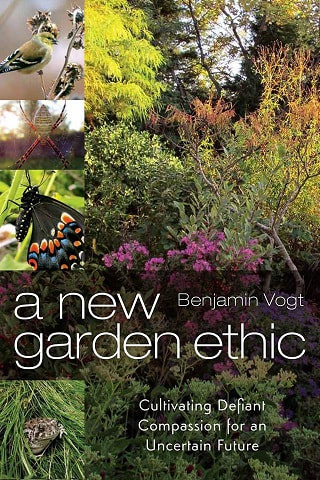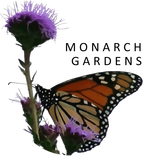Tell me what this plant is (like you don't know) and you'll win a free invisible Tesla sedan.
|
I live on the edge of town abutting small acreages and not more than a mile from the prairie at Pioneers Park. The advantage of this location is easy access to the interstate and a close drive to a lovely urban grassland. The disadvantages include these guys: I'd be better able to manage them if I could burn my gardens, aka, my entire lot. They not only pop up in the back meadow and garden beds, but also the front beds and in the lawn. Over the last year I've pulled well over 100 seedlings of this native yet very aggressive tree. It's managed in prairies by burning, and even one lone specimen in several hundred acres will cause grassland birds to nest elsewhere. It's a water hog. It shades out prairie plants. Birds love the berries and poop them out all over the place. Folks out east rave over their use in gardens and folks out west listen in suspended disbelief with jaw agape looking for the nearest exit.
Tell me what this plant is (like you don't know) and you'll win a free invisible Tesla sedan. If you follow me on Twitter you know I really let it fly there. Basically, I'm condensing larger ideas from my book and talks and really getting to the heart of a concept. Here's a collection of recent tweets that will likely turn into a longer piece at some point.
We have a been hammered with the idea there is only one "good" garden soil, and that if you want to have success then your landscape should feature something like a rich, crumbly loam akin to potting soil. Nothing could be further from the truth. Amending soil for the average homeowner isn't just out of the budget, it's out of their body's ability to work the soil or have the time to do so. And you know what? You don't need to change your soil 95% of the time; the only real reason to do so is if a soil test shows some severe contamination or you're trying to improve drainage around a basement wall. But even if there's contaminated soil, depending on what it might be, one might be able to use plants to help remediate it (indiangrass and sunflowers are good examples that clean soil, removing lead and even radiation). Choosing the right plant for the right place is how one gardens successfully -- every time. Changing the site to fit what you want to grow is like trying to change your spouse to be the perfect mate... in the end, you'll have wasted a lot of time and energy while you'll eventually give up on the relationship altogether. So fall in love with clay soil. Clay has the smallest particle size of soil ingredients, which include sand and silt. It has a very high water-holding ability, and is a fantastic nutrient holder, as well. A lot of our clay soils organize themselves in layers or fine sheets that are negatively charged; plant nutrients are positively charged, and so are attracted to the the soil levels and "stick" like opposite ends of a magnet. This is why clay soil is often a very rich soil to work in, even though we'd assume that's not the case. Now, let's say someone wants to put prairie plants in a garden bed because they know they are native to them, are purported to be less maintenance, and will support pollinators. They might know they have clay and figure it needs to be improved, so they come along and till in compost. What the tiller will do is destroy those wonderful layers of clay that hold nutrients while killing soil life. Sure, the new soil might appear better to us -- and it's certainly easier to dig -- but it's now no longer fit for lots of of those prairie plants.
Take pale purple coneflower, Echinacea pallida, a mainstay in prairie garden design. It's deep taproot is designed to punch through clay soil, which also makes it pretty drought tolerant. When you put it in a loamy bed this coneflower grows too fast, gets too tall, flops over, and has a much shorter lifespan. Why? You gave it a far too rich soil and it went bonkers. It's not evolved for that kind of soil. And now you have more maintenance because you've got to replace the plant. Many prairie forbs like pale purple coneflower have evolved these strong taproots for a purpose, just as the more fibrous roots of grasses and sedges. Together, all these plants reach into clay soil and slowly amend it naturally, adding nutrients while opening up spaces for water and air to penetrate. In fact, up to 1/3 of prairie grass roots die each year, and as they decompose they enrich the soil. This is why farming is so successful in the upper Midwest and eastern Plains. So love your clay. If it's too hard to dig into, try using smaller 3" pots or plugs instead of massive and pricey one gallon pots. Consider a mix of sowing grasses and forbs with some potted plants. I like to create designs with forbs then come in and sow a groundcover of grasses -- which speeds up planting, saves my back, and costs less (plus that means no wood mulch). You could also sow a cover crop of annual native grasses and forbs, even biennial forbs like Rudbeckia hirta (black-eyed susan) and Ratibida columnifera (mexican hat coneflower), to help prep the soil for a year or two. Otherwise, at planting time, a thin layer of 1/2" to 1" of compost doesn't hurt to add some organic matter if tests show the soil could use some. When I meet a client who drops their head in their landscape sighing "I have clay soil, I know there isn't much we can do," I love to smile and say, "actually, because you have clay, we can do so much more." Say it with me. Love your clay. Plant for it, not against it. Use nature to your advantage. Learn to be one with the force. To learn more about sustainable wildlife gardening, check out some 200 articles or try one of these 15 online classes. So many of us know the importance of pollinating insects, and indeed of insects in general which are the base of the terrestrial food chain. We've read about bees and butterflies that are struggling and realize that our small gardens, in their minor way, can collectively play a larger role in supporting the wildlife whose homes we share. When we see an insect foraging on a plant we purchased we are happy and feel fulfilled -- we are doing something good, and it is fantastic to feel good about that. So often, though, someone will say they saw pollinators on a plant -- which could be anything from a lavender to rattlesnake master to milkweed or daffodil. And then it's an open and closed case as that plant's presence is justified in the landscape as being ecologically important because something was using it. In the case of plants we especially find beautiful or unique, whether native or not, we rush to validate our preferences when it seems nature corroborates how we feel about a specimen. There's psychology at play here, something I discuss in my book A New Garden Ethic, about protecting ourselves in a world of mass extinction and preserving a sense of stability or safety in how we perceive the world. And that is what's partly at play in the defense of plants when an insect is seen using them. Of course it's an adult insect we're talking about here, not larvae eating leaves or other parts of the plant (without larvae there can be no adults, after all). Further, we're not often sure what kind of insect it is, and this is important to consider. Some questions we can ask about our backyard observations include:
1) Is this a native or exotic insect species? If exotic, is it pushing out natives? What role do those native insects play in the ecosystem compared to the exotic and what may or may not be lost as they are supplanted? 2) Is this a generalist or specialist species? Specialists are critical to the ecosystem and losing just one has a cascade effect that influences how well plants are being pollinated. Generalists, like bumble bees, will forage on just about anything. Also take honey bees: not only are they an exotic species that crowd out native bees and spread disease, they steal forage from native bees that native ecosystems (plants, etc) depend upon. That is partly due to their sheer volume, colony size, and range of several miles. A good number of native bees have a flight range of only a few blocks. 3) How is that adult pollinator using the plant? Is it foraging for nectar (fuel for itself) or pollen (essential food for its young)? What parts of the plant is it using (it's not just about the flower)? Is there evidence that any insect larvae are using the plant? Here we're commonly thinking butterfly and moth caterpillars, but also beetle larvae and much more will use the plant. These are hard questions to answer, and if you can answer them you're now a bona fide backyard biologist who should be recording what you see to track how the climate and environment are changing. But simply, until we can answer these questions to some degree, our plants may not be as beneficial as we assume when we "see a pollinator" using it. It may very well be that the plant primarily supports insect species that are doing harm to other species, creating an unseen cascade effect that ripples out beyond the garden altering how nearby spaces function. If we can begin to understand that a garden is not its own self-contained place, but part of a larger whole, perhaps we will begin to ask harder, more honest, and more critical questions about what's using our garden and how we can improve the habitat so it's as pretty for wildlife as it is for us. |
AboutBenjamin Vogt's thoughts on prairie gardening in Nebraska. With a healthy dose of landscape ethics, ecophilosophy, climate change, and social justice. Archives
April 2024
Original Archives
Garden Timelapse
Subscribe
In a time of climate change and mass extinction how & for whom we garden matters more than ever.
"This book is about so much more than gardening." |

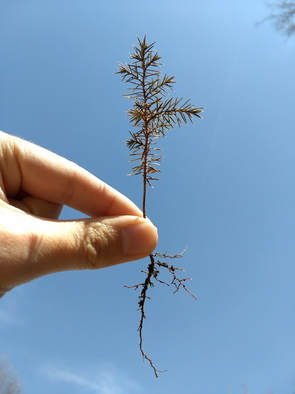
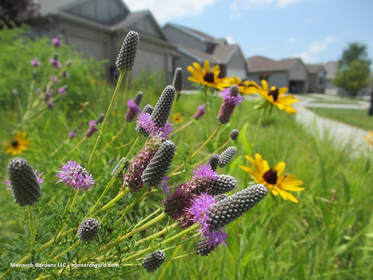
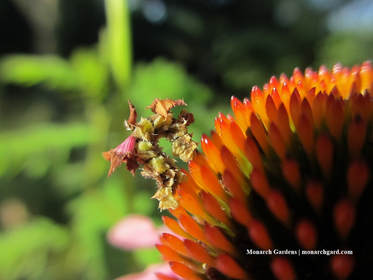
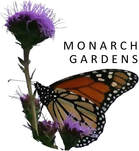
 RSS Feed
RSS Feed
